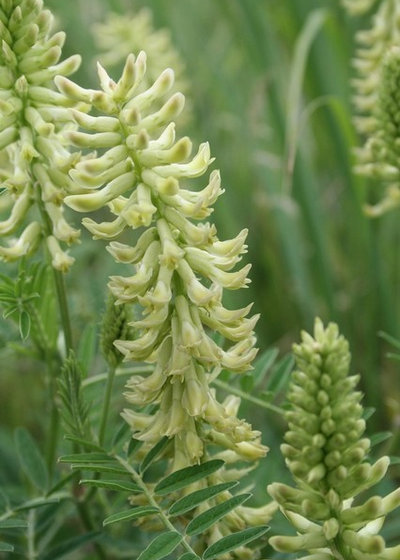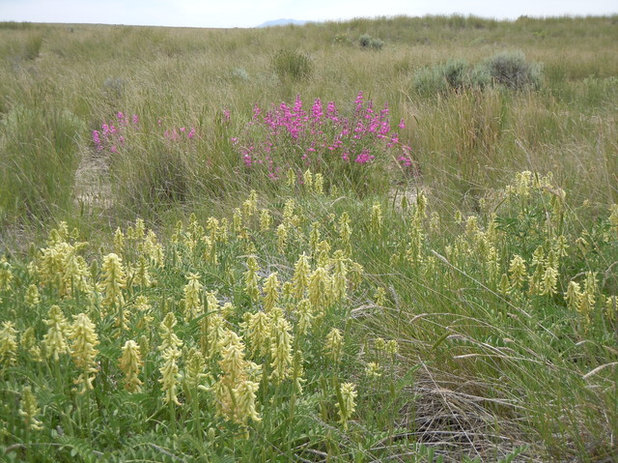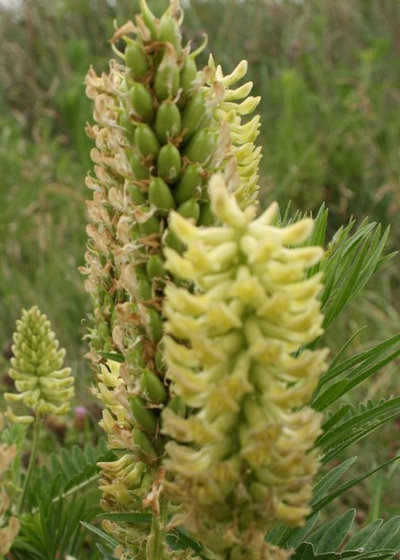I’ve been walking my local prairies and meadows looking for plants that seem to be thriving in various conditions. My hope is that if they do well out in diverse natural settings, they ought to do fine in my garden. Of course, I’m also looking for plants I don’t have and that, in fact, I never see in other gardens. Canadian milkvetch (
Astragalus canadensis)
maybe isn’t the most stunning flower, but it’s one of those plants that will grow on you.
Caution: All parts of plants in the
Astragalus genus are toxic if ingested.

Benjamin Vogt / Monarch Gardens
Botanical name: Astragalus canadensis Common names: Canadian milkvetch, Canada milkvetch, Canadian milk vetch
Origin: Native in scattered spots throughout most of the U.S., but especially in the west, mountain west, Great Plains and Midwest
Where it will grow: Hardy to -40 degrees Fahrenheit (USDA zones 3 to 8; find your zone); best planted if native to your area
Water requirement: Moderately dry to moderately wet soil
Light requirement: Full sun to 50 percent shade
Mature size: 1 foot to 3 feet tall and 1 foot to 2 feet wide
Benefits and tolerances: Very low maintenance; attracts bees and hummingbirds
Seasonal interest: Somewhat ornamental seedpods; unique summer blooms
When to plant: Spring to fall; seed in fall or winter
 Distinguishing traits.
Distinguishing traits. Bumblebees and honeybees enjoy this perennial, as well as hummingbirds and some butterflies (it’s a larval host to the Western Tailed Blue butterfly). The leaves are fern-like and provide unique garden texture.
How to use it. Single specimens will work fine, but given milkvetch’s unassuming bloom spikes, massing might give you a more dramatic effect. Consider using it in drifts among short grasses or near the front of a border.
Photo by Matt Lavin

Benjamin Vogt / Monarch Gardens
Planting notes. The seed heads develop once the flowers fade; here they are in their early, green stage. Milkvetch will do fine in a rain garden, along a dry creek bed, in clay or in somewhat sandy soil. It is good forage for many mammals, and birds will eat the seeds.
I know it’s a bit unusual for the garden, but what do you think? Will you try it?
More:The Simple Secret to Gardening Success
Houzz guides to gardening with native plants





